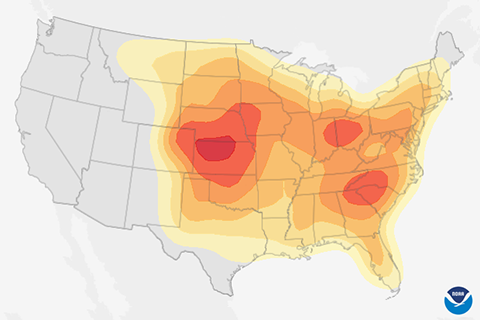
April showers bring May flowers, but what does June bring? History says mid-to-late June brings a higher probability of severe weather across much of the contiguous United States.

April showers bring May flowers, but what does June bring? History says mid-to-late June brings a higher probability of severe weather across much of the contiguous United States.

The Boston Marathon takes place every year on the third Monday in April. The average daytime high temperature in April has been warming rapidly in recent decades, making uncomfortable race days more likely.
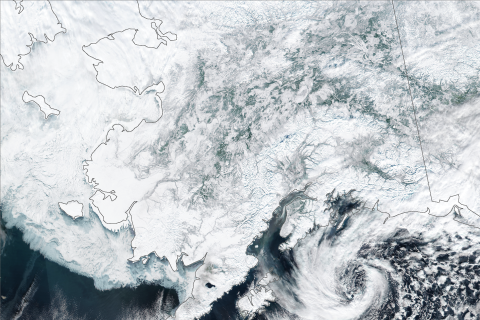
This year's Iditarod sled dog race is underway, but it was forced to start hundreds of miles farther north than usual due to poor snow conditions.
Mild days—perfect for an outdoor picnic or a nice hike—are expected to drop about 14 percent by the end of the century, according to new research.
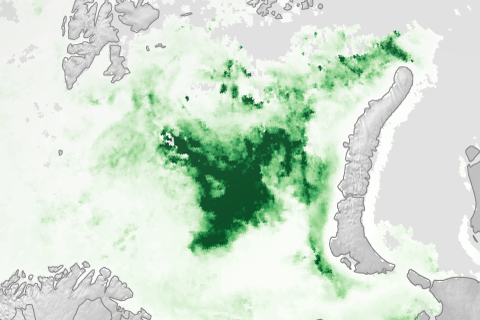
Springtime melting and retreating sea ice allowed more sunlight to reach the upper layers of the ocean, stimulating widespread blooms of algae and other tiny marine plants which form the base of the marine food chain: a sign of the rapid changes occurring in a warming Arctic.
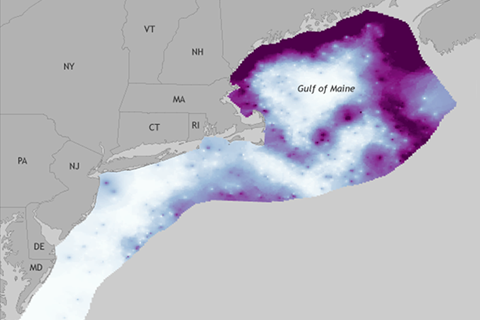
Warming sea surface temperatures from climate change are pushing populations of the American Lobster (Homarus americanus) farther north than ever before.
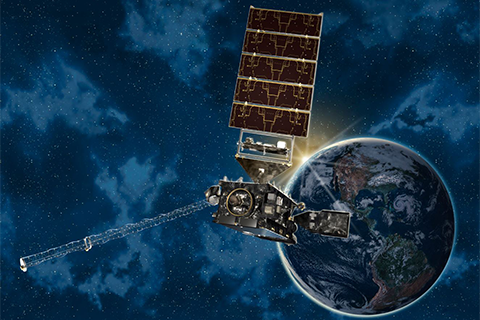
Providing more timely and accurate information over the western hemisphere, total lightning mapping, and higher resolution images streaming down from space more often, the new GOES satellite marks the first major redesign of the nation’s operational Earth-observing technology in more than 20 years.

The world's oldest mummies have been infected with a destructive black ooze. Climate change may be responsible.
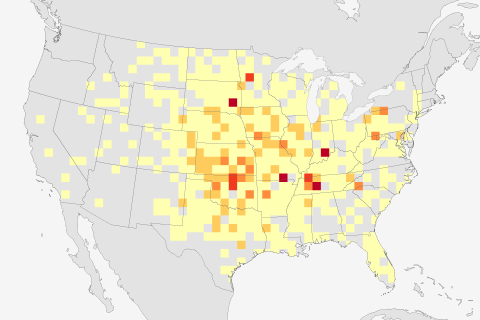
Using a combination of observations and models, NOAA-funded scientists have found a small but significant “advanced warning” signal for heightened summer tornado activity in the U.S.: warmer-than-average water temperatures in the Gulf of Mexico
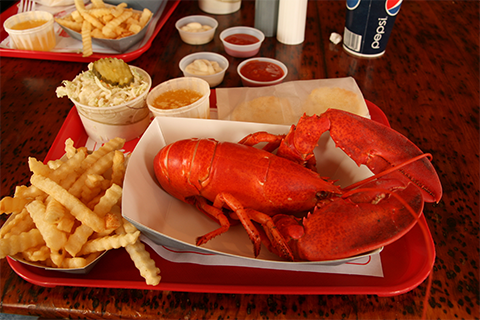
For New Englanders, the saying “as American as apple pie” may as well be “as New England as lobster.” But warming sea surface temperatures from climate change are forcing populations of the American lobster to higher latitudes than ever before—and upending fishing communities on the New England coast.